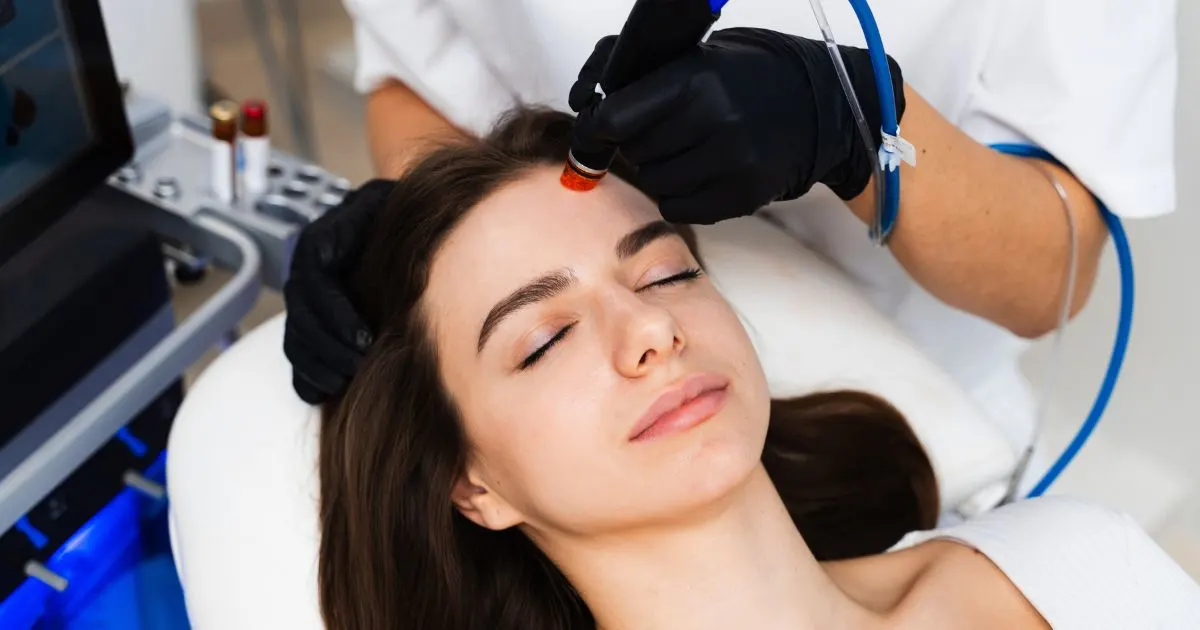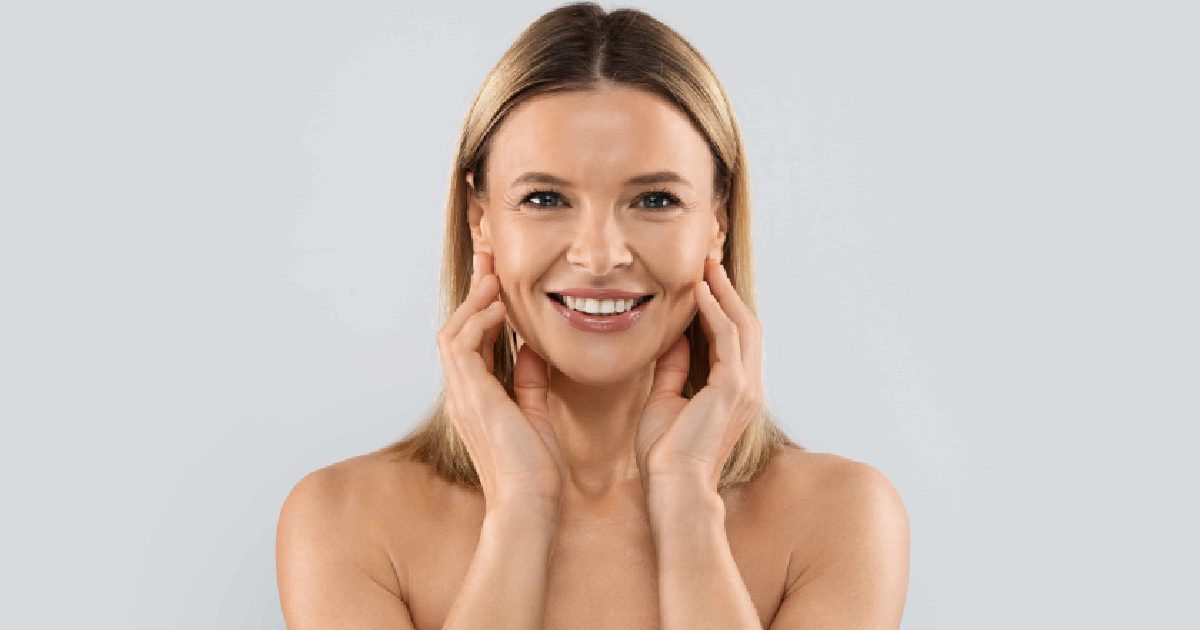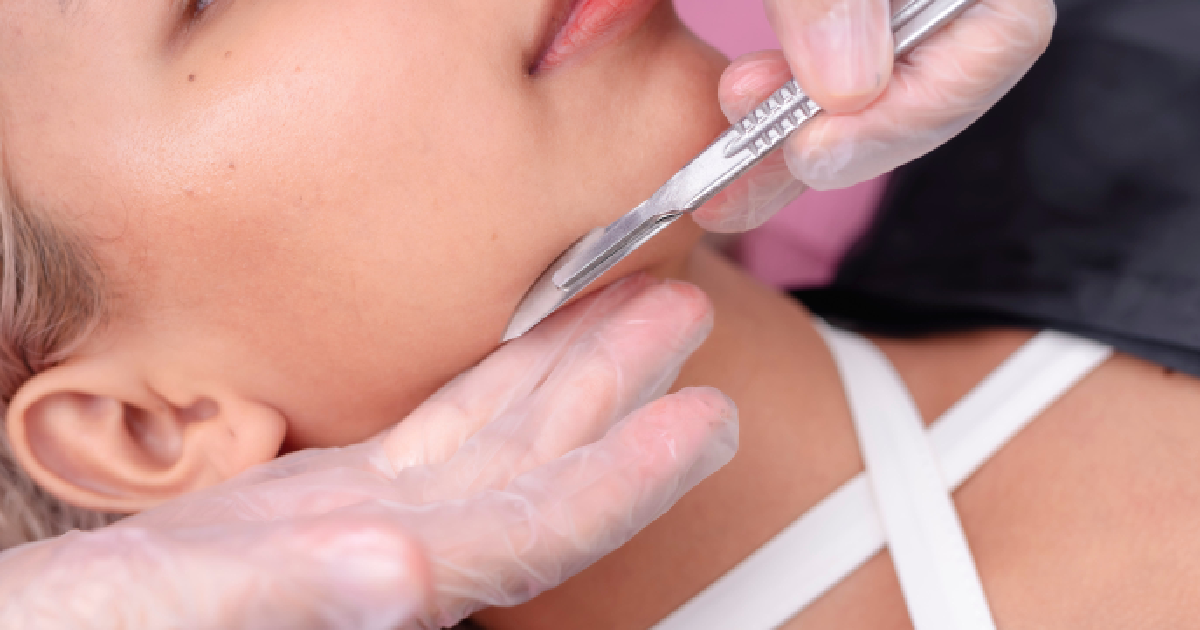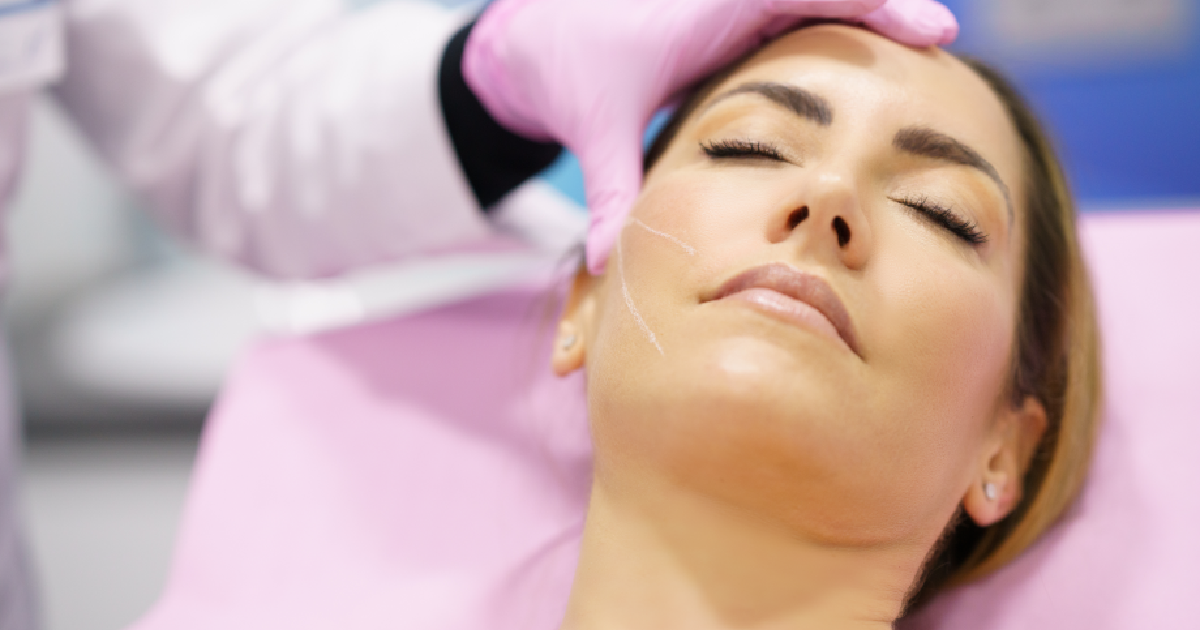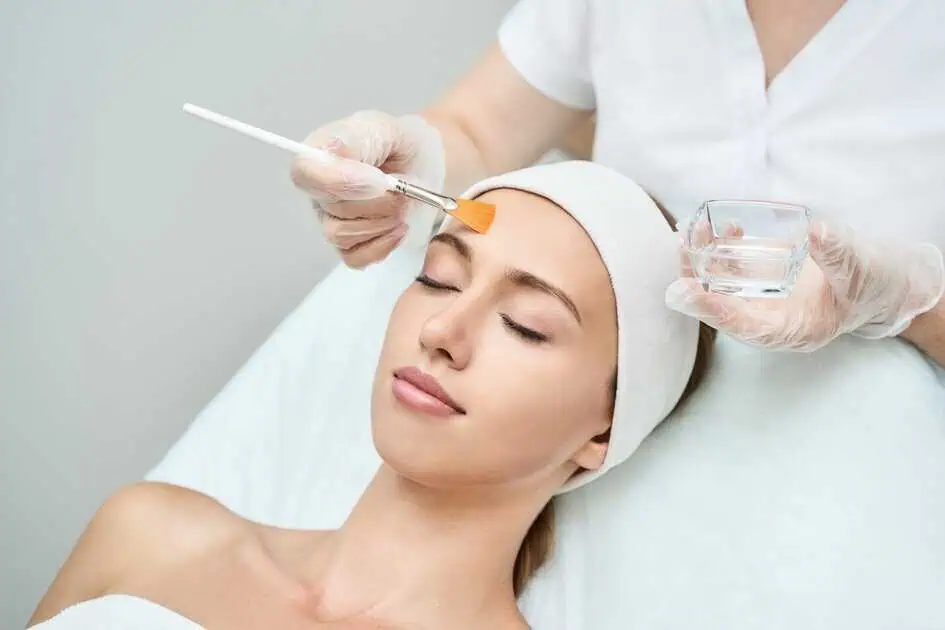Table of Contents
Enlarged, twisted, and discolored blood vessels most commonly found on the legs form when the valves inside veins begin to malfunction. These valves typically keep blood flowing forward, so when they fail, pooling occurs instead, leading to the characteristic appearance of varicose veins.
Often, it’s simply a matter of aging combined with perhaps work postures that conspire to create superficial vein issues. However, varicose veins can be uncomfortable and even painful, and they can be a symptom of serious vascular problems like CVI, chronic venous insufficiency.
Afzal Clinics offices in Woodbury, Edina, and Fridley, Minnesota, have vein specialists who are able to diagnose and treat your issue, whether it’s mild or major. Today we discuss six signs that you should have your varicose veins evaluated to guard against serious vein issues.
1. Heavy, Aching Legs
While the gnarled and discolored appearance is common to all types of varicose veins, you may not have additional symptoms with mild cases. Feelings of aching and heaviness in your legs may be a sign of more serious issues with blood flow.
2. Swelling and Cramping
Other sensations also suggest circulation problems in your legs. Swelling in your lower legs, called edema, develops when fluid can’t drain normally. You may also experience leg cramps, throbbing, or burning. Generally, these won’t occur if your varicose veins are just a cosmetic issue.
3. Bulging Veins
Bulging isn’t always a sign that varicose veins are problematic, but increases in the size or number of them might indicate that your vein issues are now more severe. As with many health conditions, noticeable day-to-day changes can be cause for concern.
4. Itchiness
Itchiness of the skin in the area around varicose veins may be foreshadowing future skin problems. Problem varicose veins can cause skin ulcers and bleeding on the surface of your skin, and itchiness is often a precursor to these skin issues.
5. Pain Gets Worse
When you sit or stand for long periods of time, increased pain could be suggesting that your varicose veins are tied to circulation issues. Your heart may not be pumping effectively, and if you’re in one position, your legs lose the benefit of pumping action added by your leg muscles when you walk.
6. Discolored Skin
When your skin suffers a decrease in blood supply, it can change color. When you notice a darkening in the area surrounding a varicose vein, it’s time to have it assessed.
Varicose veins can be a predictor of heart disease, so you shouldn’t take their presence for granted as an inevitable sign of aging. You may be at risk during pregnancy, if you’re overweight, or have a family history of the problem. When you want answers and action on your varicose veins, contact the nearest office of Afzal Clinics by phone or online to schedule your consultation.


